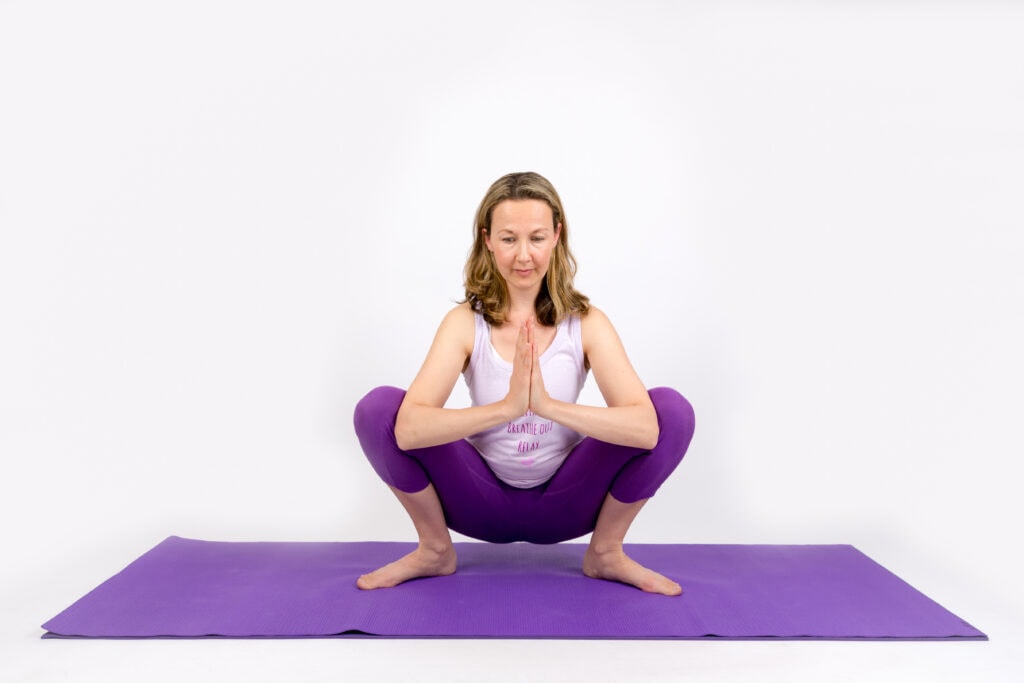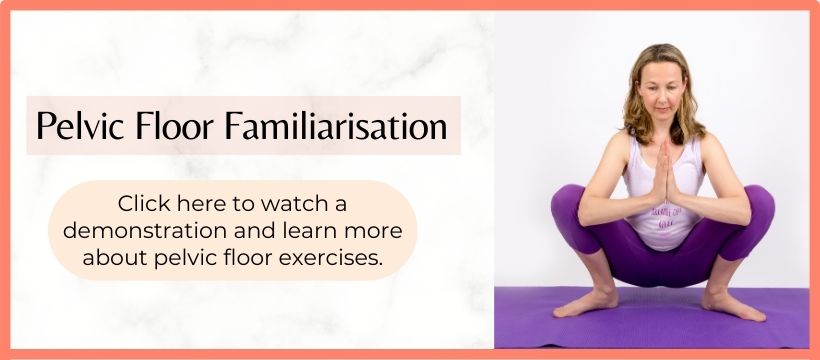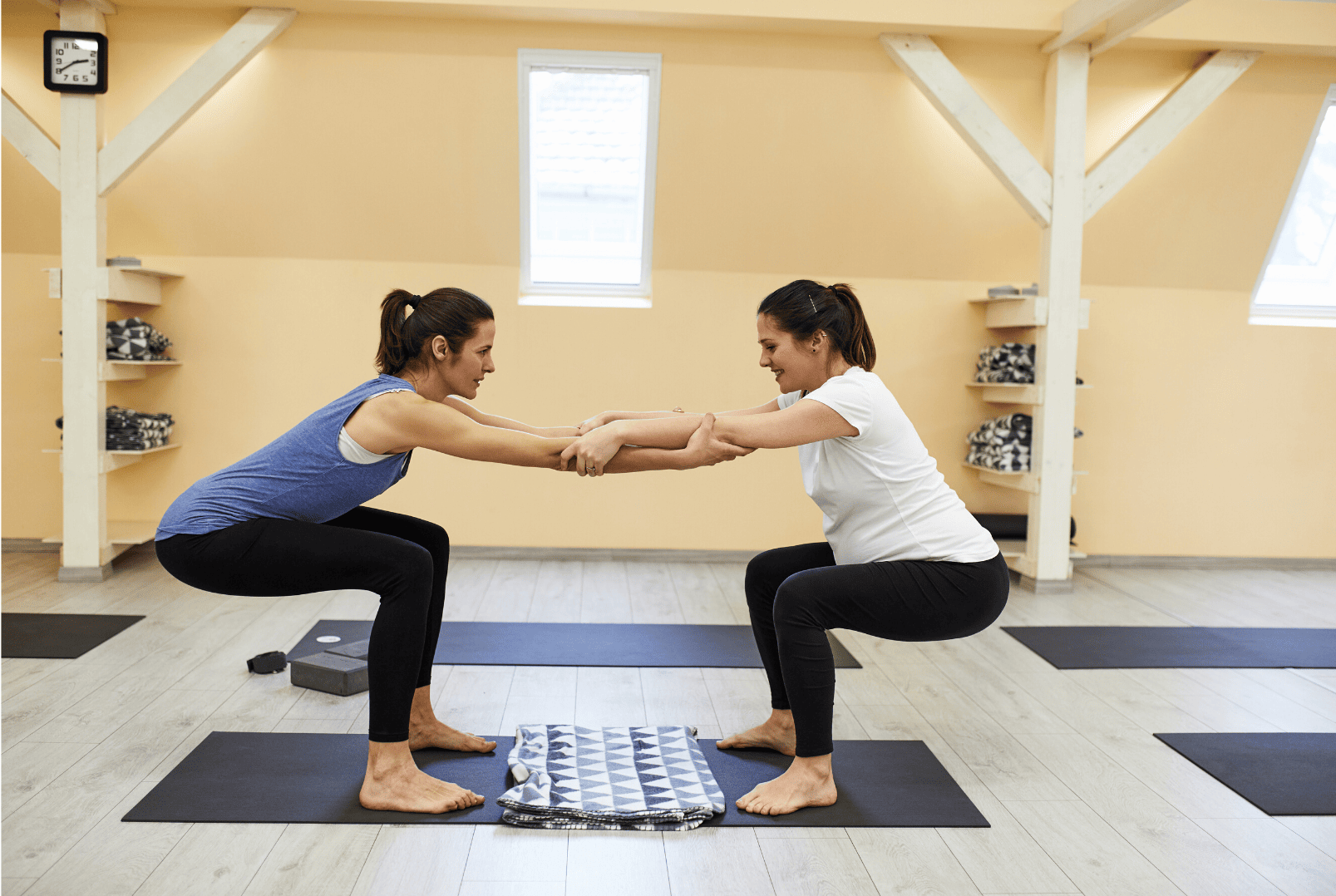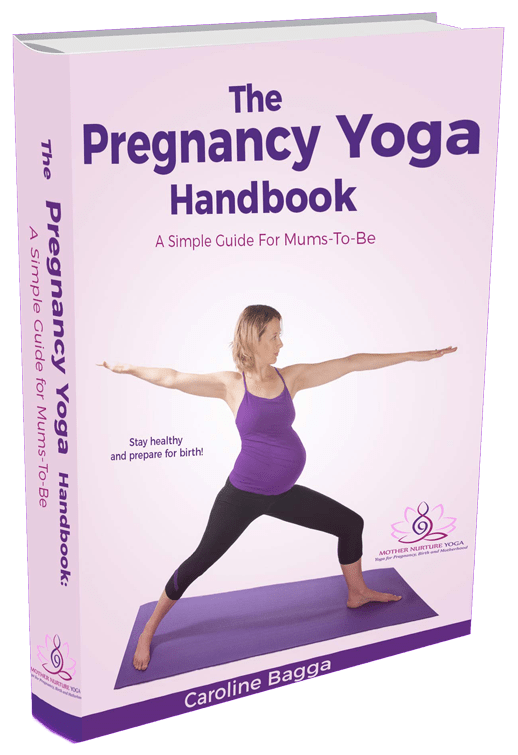Chances are, you’d never thought about your pelvic floor until you became pregnant, right? And yet suddenly, you’re being asked by your healthcare provider if you’re doing your kegels every day.
This blog will answer all your pelvic floor questions. Like, what is your pelvic floor, why it deserves your attention during pregnancy, how you can know if you’re doing your pelvic floor exercises correctly.
What is your pelvic floor?
The pelvic floor refers to a group of muscles and connective tissues that stretch across the base of the pelvis, running from the pubic bone at the front, to the tailbone at the back. It acts like a hammock, supporting the bladder, uterus, and bowels.
These muscles also play a crucial role in controlling bladder and bowel functions, as well as sexual sensation. During pregnancy, your pelvic floor becomes increasingly important as it carries the weight of your growing baby and helps prepare for childbirth.
Changes in your pelvic floor during pregnancy
Have you found you need to visit the bathroom more often during pregnancy? That’s very normal, thanks to hormonal changes and the pressure of your growing uterus on the pelvic floor. Remember, your uterus contains not just your baby, but the amniotic fluid and placenta – so there’s a lot of extra weight and pressure on your pelvic floor.
You might also experience stress incontinence (leaking urine when coughing or sneezing), and even pelvic organ prolapse. It’s estimated that up to 50% of pregnant women experience some degree of pelvic floor dysfunction.
Three good reasons to care about your pelvic floor during pregnancy
If you’re not already convinced (or maybe you’re convinced, but you still haven’t taken any action?!) here’s three good reasons to start pelvic floor exercises during pregnancy:
- Less back and pelvic pain during pregnancy: As your uterus expands and becomes heavier, it places additional weight and strain on the pelvic floor. A strong and well-conditioned pelvic floor can better support your growing baby and thereby reduce back and pelvic pain.
- Preparation for labour and birth: The pelvic floor muscles play a crucial role in the birthing process. Strengthening these muscles can help improve their ability to stretch and relax during labour, facilitating a smoother, easier, delivery.
- Postpartum recovery: After giving birth, the pelvic floor muscles may be weakened or stretched. Even if you have a caesarean section, your pelvic floor muscles were still under pressure from 9 months of carrying your baby. If you maintained your pelvic floor strength during pregnancy, it can contribute to a faster recovery and reduce the risk of long-term issues such as incontinence or pelvic organ prolapse.

So what should I do to look after my pelvic floor during pregnancy?
- Perform pelvic floor exercises: Also known as kegels, they are a cornerstone of pelvic floor care. These exercises involve contracting and relaxing the pelvic floor muscles. By incorporating kegels into your daily routine, you can strengthen these muscles and improve their functionality. Aim for three sets of 10 repetitions each day.
Try to link your pelvic floor work to a particular activity that you do on a daily basis eg. Brushing your teeth, making a cup of tea or stopping at a red light if you drive regularly.
Click here to watch a demonstration and learn more about pelvic floor exercises. Access is free for Mother Nurture Yoga clients on unlimited memberships, or you can sign up for a five-day free trial. There are a number of other videos in the library with pelvic floor work in them – just search for the term ‘pelvic floor’.
- Stay active: Regular physical activity can help maintain pelvic floor health. Engage in low-impact exercises such as prenatal yoga, walking or swimming. These activities promote circulation, improve muscle tone, and support overall pelvic floor function. Once you understand how to work your pelvic floor, you’ll begin to engage it in all physical activities that you do – which is the ultimate aim!
- Maintain good posture: Proper posture during pregnancy can alleviate pressure on the pelvic floor and enhance its support. Stand tall with your shoulders back and avoid slouching. Your pelvic floor is an important part of your core, so engaging your core muscles can also provide additional support to the pelvic floor (and vice versa – which is why a healthy pelvic floor will help prevent back pain).
- Avoid straining: Straining during bowel movements can put unnecessary stress on the pelvic floor. Ensure you maintain a healthy diet rich in fibre, stay hydrated and gentle daily exercise will promote regular bowel movements and minimise the need for straining.
- Seek Professional Guidance: If you have concerns about your pelvic floor health, experience pain or discomfort, or have a history of pelvic floor issues, consider consulting a pelvic floor physiotherapist. They can assess your condition and provide specialised exercises and guidance.
Start your pelvic floor exercises today!
Although your pelvic floor may have been an afterthought before pregnancy, it plays a vital role during this transformative time. A healthy pelvic floor contributes to overall well-being and can positively impact your pregnancy and postpartum experience.
Make a commitment to start doing your daily pelvic floor exercises today! It’s never too soon to start. We recommend pelvic floor exercises for strength up until 36 weeks of pregnancy. After that, you’ll start working on pelvic floor exercises to prepare you for birth (learning to relax your muscles) – but that’s a whole other blog post!







